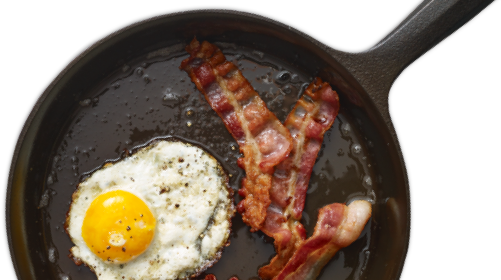This is the kind of cake that doesn’t ask much of you. There’s no creaming butter, no fussy layers, no perfect timing. Just a handful of pantry ingredients, your favorite citrus (or not), and a No.6 Field Skillet. The result is a deeply fragrant, tender olive oil cake that’s perfect for an afternoon tea, slow breakfast, or casual dessert for two or three.
Like the marinated olives and the poached salmon, this one’s more of a template than a strict recipe. Use any citrus you like (lemon, orange, grapefruit, tangerine, even yuzu!), or skip the citrus altogether and lean into the toasty, savory richness of the olive oil. You can even swap in a splash of Grand Marnier or other citrus liqueur if you’re feeling fancy.
Field Note: Flavor combos we have tried (and loved).
Lemon-Poppy – Use lemon zest and juice, and stir in a tablespoon of poppy seeds with the dry mix.
Grapefruit + Rosemary – Grapefruit zest + juice with a tiny pinch of chopped rosemary in the batter, or just sprinkle rosemary sugar on top before baking.
Orange + Grand Marnier – Use orange zest and juice, and swap 2–3 tablespoons of milk for Grand Marnier. Finish with powdered sugar once cool.
Straight-Up Olive Oil – Skip the citrus and let the olive oil shine. Add a splash of vanilla extract if you like, and finish with flaky salt and sugar on top.





